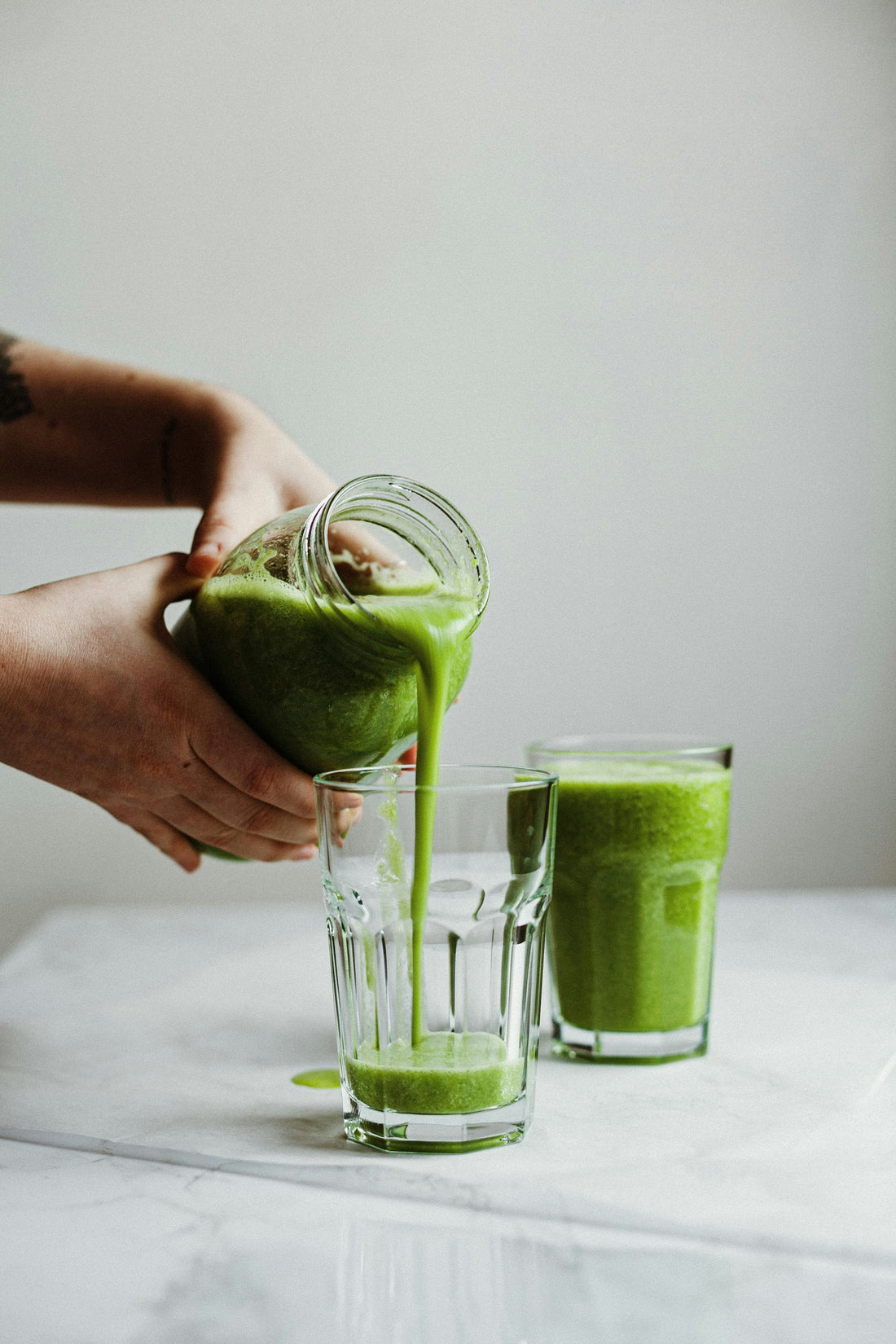The natural health world is filled with terms like "cleanse" (the irony is not lost on us) and "detox." But beyond the buzzwords, what do they actually mean, and are they necessary, given the body's innate detoxification abilities?
The liver is one of the most vital organs in the body, performing over 500 functions, with detoxification being one of its most critical roles. It processes everything we eat, drink, and absorb through our skin, neutralizing toxins and preparing them for safe elimination.
The 3 Phases of Liver Detox
Phase 1: Activation (Transformation)
In Phase 1, the liver uses a group of enzymes to transform toxins into less harmful substances through chemical reactions such as oxidation (adding oxygen), reduction (adding hydrogen), and hydrolysis (breaking bonds with water).
Process:
- Specific enzymes are tailored to process different toxins, making Phase 1 very versatile.
- While the goal is to make toxins less harmful, this phase can sometimes increase their reactivity, potentially making them more harmful, which is why a robust Phase 2 is important.
To support Phase 1:
- A diet rich in certain vitamins (like B vitamins, Vitamin E, and Vitamin C) and minerals (such as magnesium and selenium) can enhance the activity of Phase 1 enzymes.
- Herbs like milk thistle, sheep sorrel, and dandelion root help boost Phase 1 processes.
Phase 2: Conjugation (Neutralization)
Phase 2 focuses on making these transformed substances water-soluble, so they can be easily excreted from the body. This phase relies on nutrients and enzymes to attach molecules like glutathione, sulfate, or glycine to the activated toxins to neutralize them.
Process:
- Our bodies use the nutrients from our food to create compounds needed for this phase, so it’s essential to have a balanced and nutrient-rich diet to support this phase of detoxification.
- Ensuring a balance between Phase 1 and Phase 2 is crucial; otherwise, an overload of reactive substances from Phase 1 can accumulate, leading to oxidative stress and damage (click here to learn more about oxidative stress).
To support Phase 2:
- Foods high in amino acids (found in protein-rich foods like regeneratively-raised red meat), sulfur (found in garlic, onions, and cruciferous vegetables), and antioxidants (found in fruits and vegetables) are vital.
- Herbs found to be helpful in Phase 2 include Schisandra berry and burdock root.
Phase 3: Elimination (Excretion)
The final phase involves the excretion of these neutralized substances from the body through bile or urine. Phase 3 is crucial for ensuring that the processed toxins are removed from the body to prevent potential accumulation and harm.
Process:
- This phase uses sophisticated transport systems to move the neutralized toxins from the liver cells into the bile or blood, from where they can be excreted in stool or urine.
To support Phase 3:
- Drinking plenty of water and maintaining a diet rich in fiber (from whole grains, vegetables, and fruits) can assist in the efficient elimination of toxins.
- Dandelion root, marshmallow, and peppermint help to support Phase 3.
The Impact of Diet, Environment, and Pollutants
Our daily exposure to pollutants, poor dietary choices, and the ever-increasing chemical load in our environment can overwhelm the liver's natural detoxification capabilities. Persistent organic pollutants, heavy metals, and lifestyle factors like alcohol consumption can impede the liver's phases of detoxification, leading to potential health issues.
Debunking Detox Myths
While the concept of "detoxing" with a single green juice or a short-term diet is popular, it oversimplifies the liver's ongoing and complex detoxification process. No single food or drink can "detox" the body in isolation. However, certain foods, herbs, and nutrients can support the liver's function, enhancing its ability to detoxify efficiently.
Supporting Liver Health: What Really Works
- Nutrient-Rich Diet: Consuming foods high in antioxidants, vitamins, and minerals supports the phases of liver detox.
- Hydration: Adequate water intake is essential for facilitating the elimination of toxins. It’s important that the water is properly filtered and is not stripped of minerals needed to maintain hydration in the body.
- Limiting Toxins: Reducing exposure to environmental toxins (like pesticides and fragrances) and moderating the consumption of alcohol and processed foods can lighten the liver's load.
- Regular Exercise: Physical activity helps stimulate circulation and the lymphatic system, improving toxin elimination.
- Targeted Ingredients: Mother Nature has kindly provided us with botanicals that can significantly aid the body in its detox processes. In Cleanse, we utilize many of these herbs and roots to help the body do what it does naturally. Read more about how Cleanse is different from a detox tea, and the ingredients that make it unique.
Terms to Watch Out For
- Detox Products and Quick Fixes: Be wary of products promising quick detox results. True liver support is a sustained effort through healthy lifestyle choices. Specifically look for ingredients like senna or aloe, which can have a laxative effect. While these ingredients can help open up detox pathways, they should only be used in the short-term and under the care of an herbal practitioner.
-
Cleanse Diets: While short-term diets may offer temporary benefits, lasting liver health is achieved through consistent, balanced nutrition.
Want to support your liver through all of its phases and enjoy a comforting cup of tea at the same time? Cleanse is formulated to enhance all three phases, honoring age-old wisdom and utilizing modern science.

